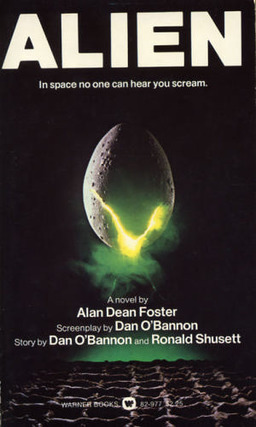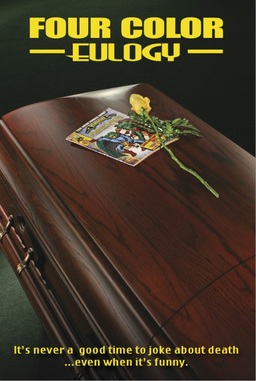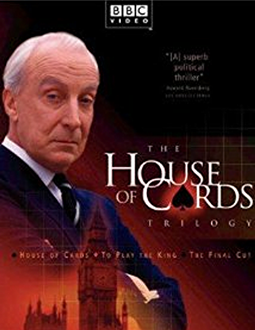A History of Godzilla on Film, Part 5: The Travesty and the Millennium Era (1996–2004)
 Hey, kids: guess what comes out in theaters this Friday? Oh, wait … I have something I need to finish up here. (Sorry about the delay. It’s a boring story.)
Hey, kids: guess what comes out in theaters this Friday? Oh, wait … I have something I need to finish up here. (Sorry about the delay. It’s a boring story.)
Other Installments
Part 1: Origins (1954–1962)
Part 2: The Golden Age (1963–1968)
Part 3: Down and Out in Osaka (1969–1983)
Part 4: The Heisei Era (1984–1996)
Addendum: The 2014 Godzilla
Godzilla ‘98: An American Tragedy
Oh, I wish Theodore Dreiser wrote this.
All right, let’s get this mother*&!%ing thing over with as much speed as possible: Godzilla ’98 stinks like rotten Limburger. We can all agree on this. It isn’t the worst film in the Godzilla series, but that’s because it doesn’t belong in the series and has no business associated with anything with the name “Godzilla” on it. It has zero connection to any version of Godzilla, nor does it make any attempt to interpret the monster whose name it crassly exploits — which is probably the most insulting thing about this massive heap of industrial Hollywood sewage.
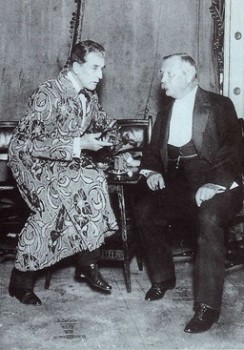
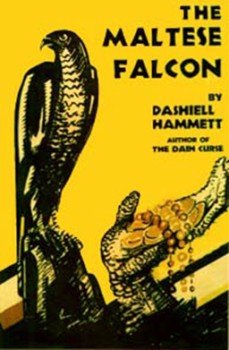
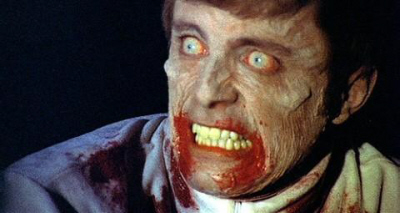
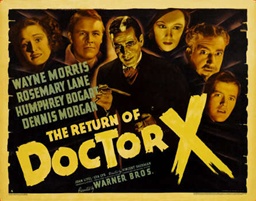
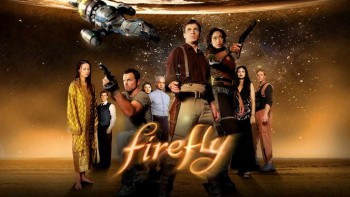 As might be expected from the guy who wrote
As might be expected from the guy who wrote 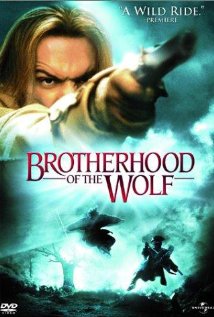 Now space opera and western are not terribly dissimilar, but
Now space opera and western are not terribly dissimilar, but 